6 Reef-Safe Biodegradable Sunscreen Brands To Use
The greatest part of visiting the Mexican Caribbean is being able to enjoy the beauty of the natural surroundings: dipping in the ocean on a blazing...
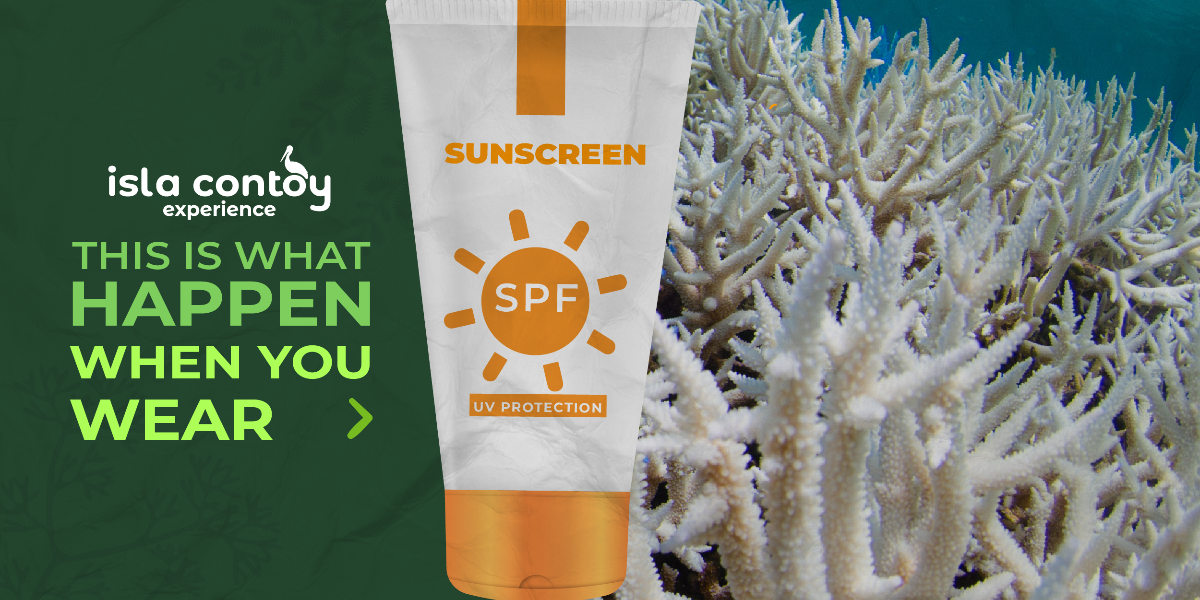
We already know Isla Contoy is a Natural Protected Area (ANP, for its acronym in Spanish). So, as responsible tourists, we have to follow a few rules. The most important rule of all, and one that you will hear in 99% of the tours that include snorkeling, is: Do not wear sunscreen.
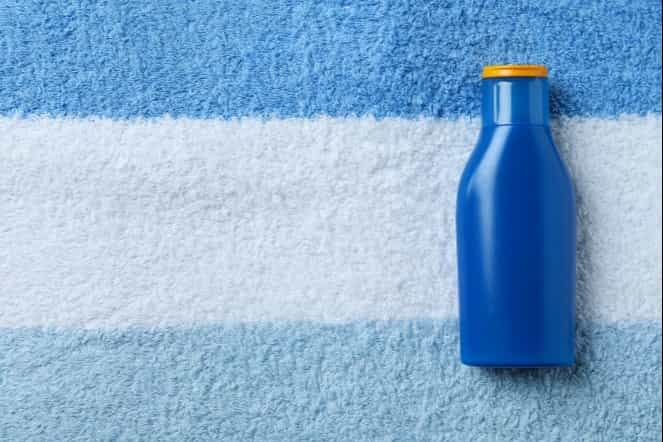
Yes, we know sunscreen is important for skin care, but many don't know the damage this type of cream causes to marine ecosystems. So, to work to protect the sea and ecological tourism in Isla Contoy, here we will tell you a little more about this important topic among sea lovers.
Why can't sunscreen (or suntan lotion) be used in Isla Contoy?
There are many reasons, but the main one is that it directly affects corals and reefs. The sunscreens have several ingredients, including a component of the UV filter called oxybenzone.
What is oxybenzone?
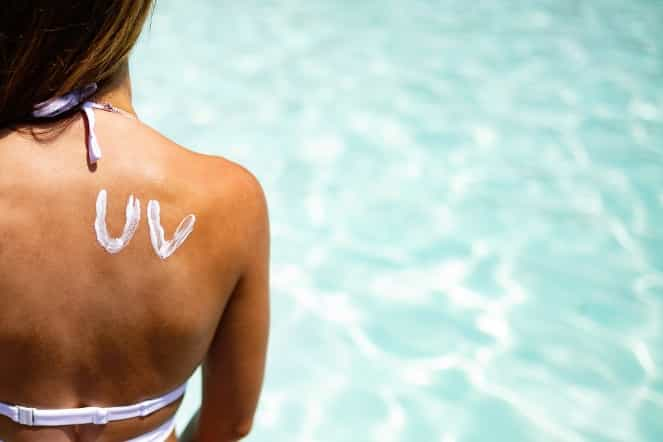
It is a chemical found in many creams and lotions that absorb ultraviolet rays, protecting the skin from the sun's rays. Although this chemical takes care of our skin (although it has been linked to other types of diseases), it is a very dangerous pollutant for water.
Oxybenzone contaminates the seas and freshwater bodies such as rivers, cenotes, and lakes. This means that the health of populations supplied by groundwater is also at risk.
What does sunscreen do to coral?
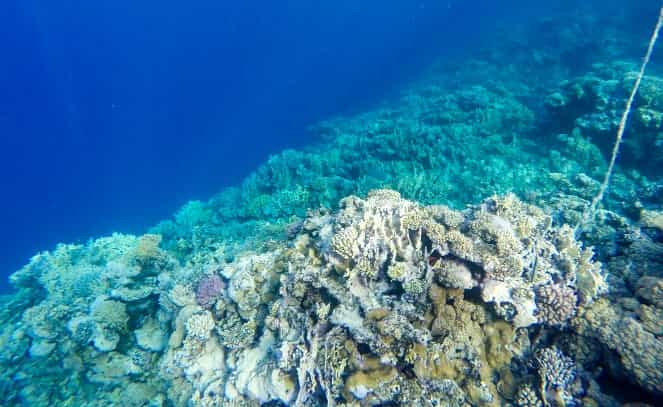
The dangers faced by corals from sunscreen are:
Corals have vibrant colors thanks to microscopic algae called zooxanthellae. When these algae die, the coral loses its colors and turns white. That is known as coral bleaching. The zooxanthellae are so delicate that even temperature changes cause them to detach from the coral. Another important cause of coral bleaching is water pollution.
Genotoxicity refers to the damage caused at the genetic and cellular levels. To be clear, it refers to all pollutants that alter corals in the long term.
Abnormal growth
Algal overgrowth on corals is considered an injury, as excess algae can lead to death by coral smothering.
Larvae deformity
Corals release eggs into the water to reproduce, which develop into larvae. Larvae are very sensitive to temperature changes, chemical signals, lunar cycles, and pollution. Only healthy larvae can regenerate damaged reefs.
How does sunscreen affect marine animals?
Sea urchins: Afecta su sistema inmune y crea deformidades.
Fish: Reduces their fertility and alters their reproduction cycles.
Snails: Produces deformities in their juvenile stage.
Dolphins: Absorb chemicals through their skin and transfer them to their offspring.
What happens if the coral bleaches?

It dies.
Live coral reduces the force of tides and waves, reduces overfishing by providing many species with a home to spawn, and helps promote tourism activities.
Alternatives to sunscreen
Many responsible travelers are taking very simple steps to avoid using sunscreen, and here are some of them.
Sunscreen in Cancun
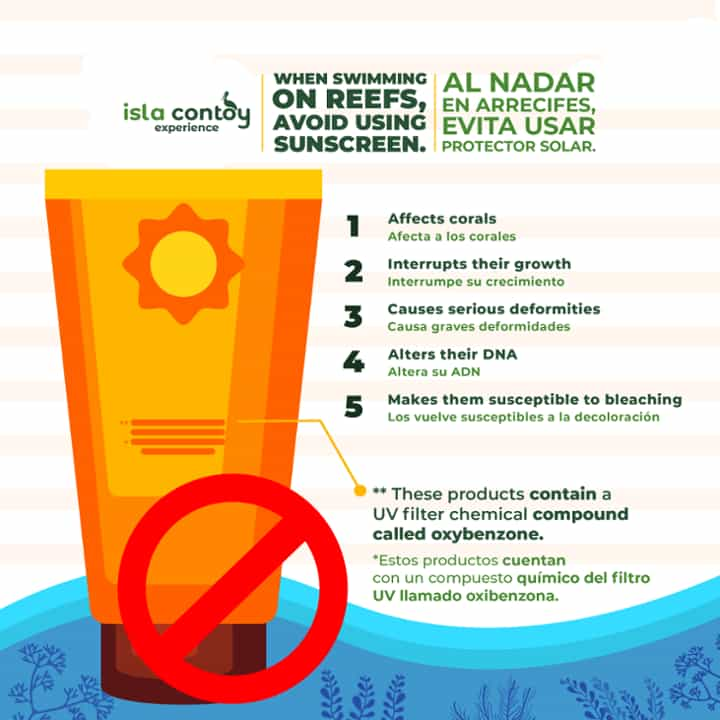
Ecotourism destinations such as Thailand and Hawaii have successfully banned the use of many brands of sunscreen that harm marine ecosystems. Unfortunately, in Cancun, no laws prohibit the use of sunscreen during activities in the sea, so much of the work of environmental education is the responsibility of tour operators, civil organizations, and visitors.
During our Isla Contoy Experience tour, our guides and the park rangers will not allow you to wear sunscreen or insect repellent. These measures are not only to protect the sea from chemical components but also for the preservation of the natural flora and fauna of the island.
Remember that we can all do our bit to protect the corals and marine animals, so we invite you to be a responsible traveler and be environmentally conscious to avoid sunscreen before entering the water.
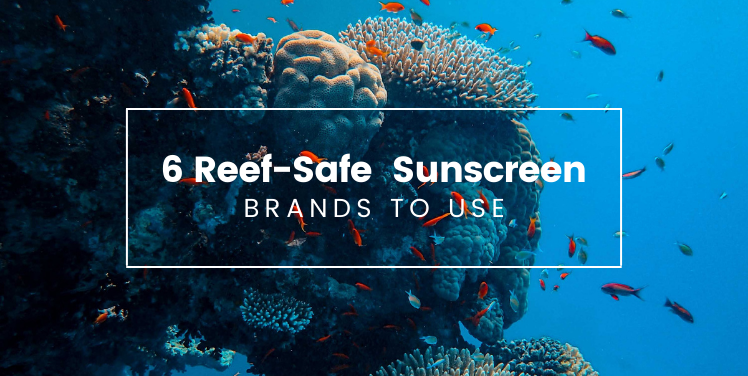
The greatest part of visiting the Mexican Caribbean is being able to enjoy the beauty of the natural surroundings: dipping in the ocean on a blazing...
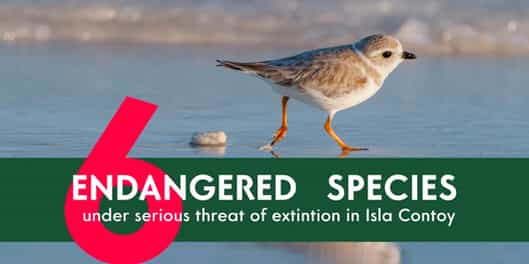
Although Contoy is a government-protected area, it is home to endangered species. Read on and learn about the 6 endangered species that inhabit Isla...
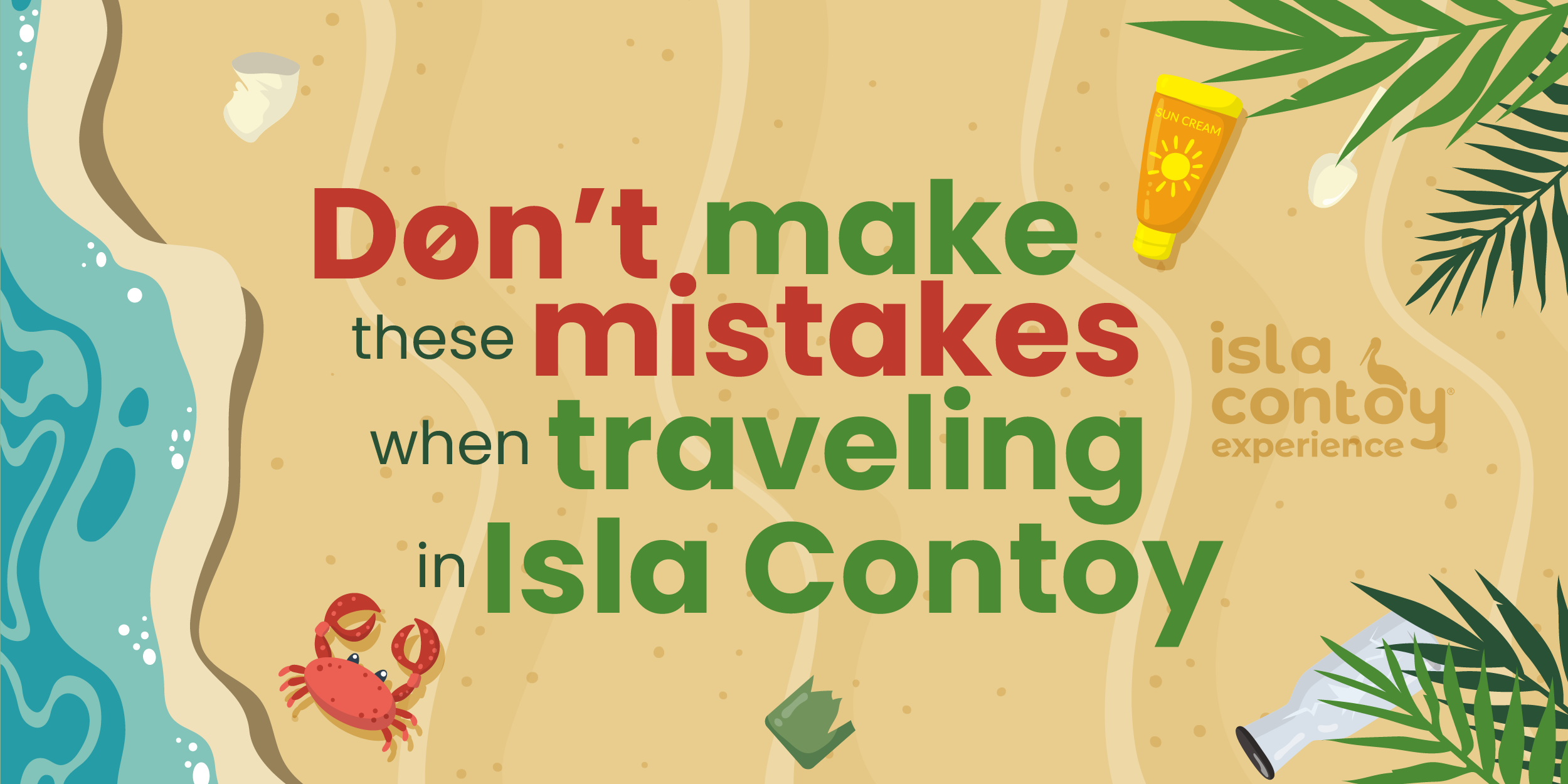
Make your visit to Isla Contoy unique and hassle-free by following this guide on how to avoid the most common mistakes people make during their tour.